CAL FIRE Funding $14M In Workforce and Business Development Projects
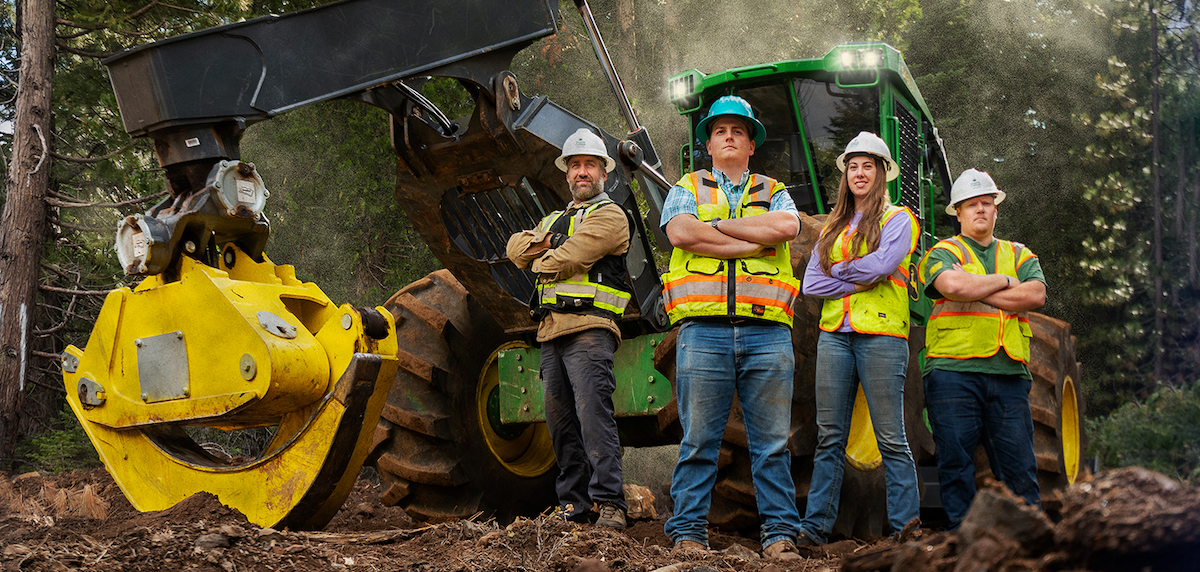
CAL FIRE Funding $14M In Workforce and Business Development Projects
Focused on increasing California’s capacity to establish healthy, resilient forests through workforce and business development, the Wood Products and Bioenergy Team at CAL FIRE awarded $14 million in new grant agreements. The 10 new awards will go to non-profits, family businesses, wood products manufacturing facilities and local governments that are building the infrastructure and capacity to sustainably manage California’s forests as outlined in California’s Wildfire and Forest Resilience Action Plan.
In addition to grants to non-profits, family businesses, and county and local governments, a $3 million grant will allow Sierra Pacific Industries to begin immediate construction on a new nursery that will be capable of producing 25 million seedlings per year.
USFS Updates
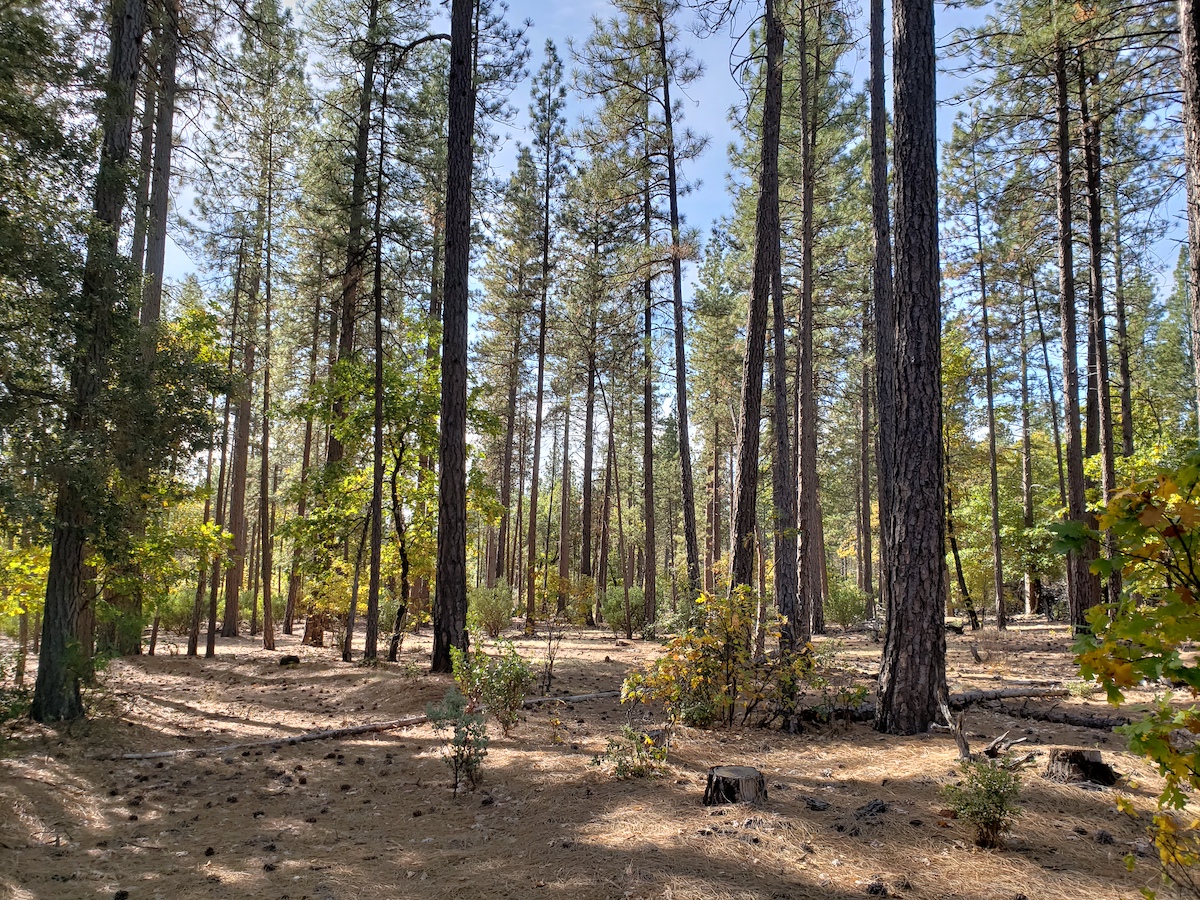
USFS Updates
Two important updates were released from the USFS in November. One from the Pacific Southwest Regional Office about reducing threat to homes in wildland urban interfaces and another from the Tahoe National Forest that addresses forest thinning along the North Yuba River Watershed.
RESOURCES
Planscape Update

Planscape Update
At the Task Force’s September meeting, The California Natural Resources Agency and the USDA Forest Service announced plans to build Planscape, with support from Google.org Fellows. Planscape is a new planning tool that brings together the best available science, to maximize landscape resilience and benefits and help regional planners assess, prioritize and plan landscape treatments. Recently, the Planscape Team launched a newsletter and a website to share product development updates and provide a venue for interested parties and future users to contact the team.
CARB Releases Final 2022 Scoping Plan
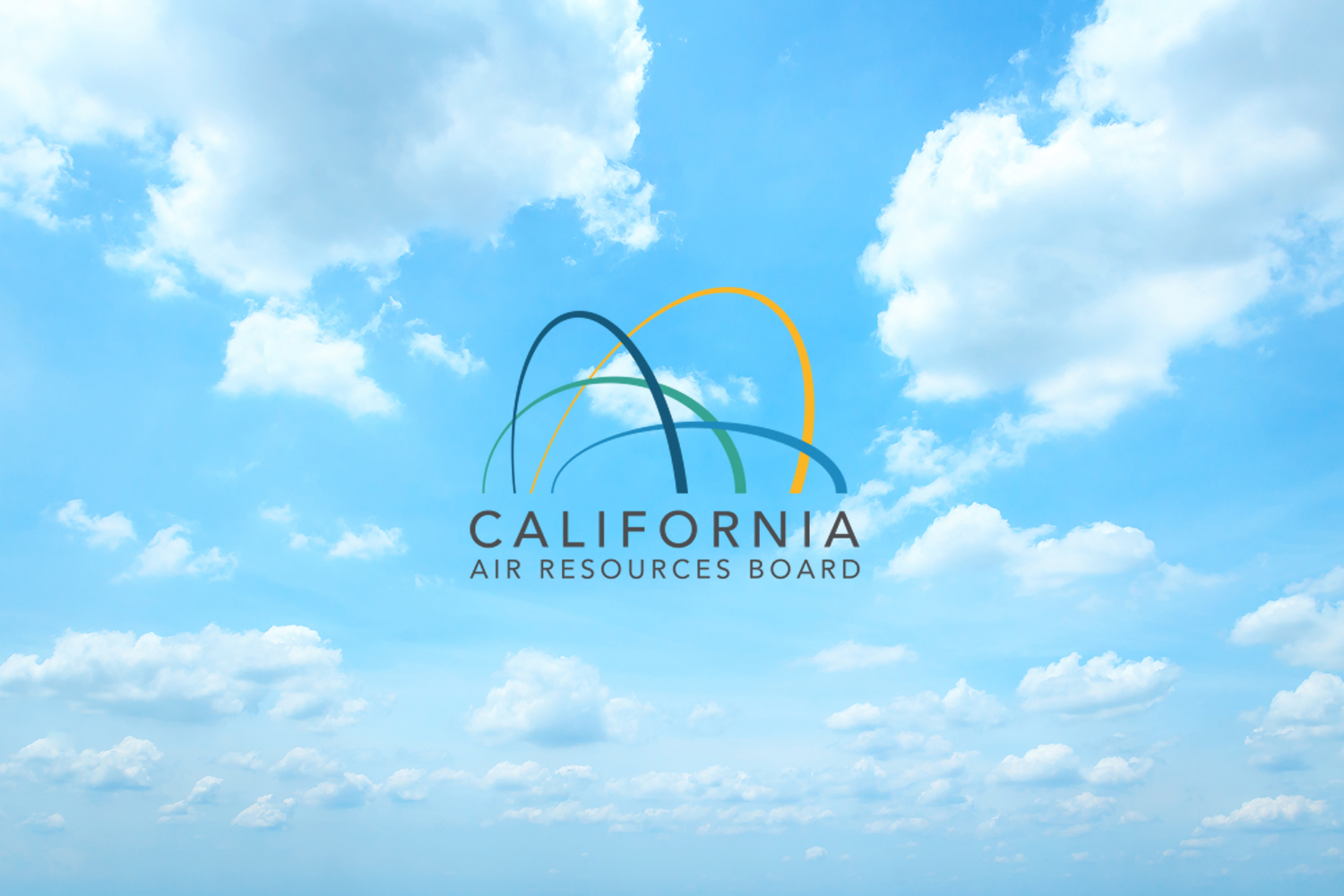
CARB Releases Final 2022 Scoping Plan
On November 16, the California Air Resources Board (CARB) released the 2022 Scoping Plan for Achieving Carbon Neutrality (2022 Scoping Plan), which will be presented to the CARB Board on December 15, 2022. The 2022 Scoping Plan lays out a path to achieve targets for carbon neutrality and reduce anthropogenic greenhouse gas (GHG) emissions by 85 percent below 1990 levels no later than 2045. Significant reductions in fossil fuel combustion will be achieved by deploying clean technologies and fuels, requiring further reductions in short-lived climate pollutants, supporting sustainable development, employing technology to capture and store carbon, and taking increased action on natural and working lands to reduce emissions and sequester carbon.
USFS Pacific Southwest Research Station Brief #3: Timing of Fire Study
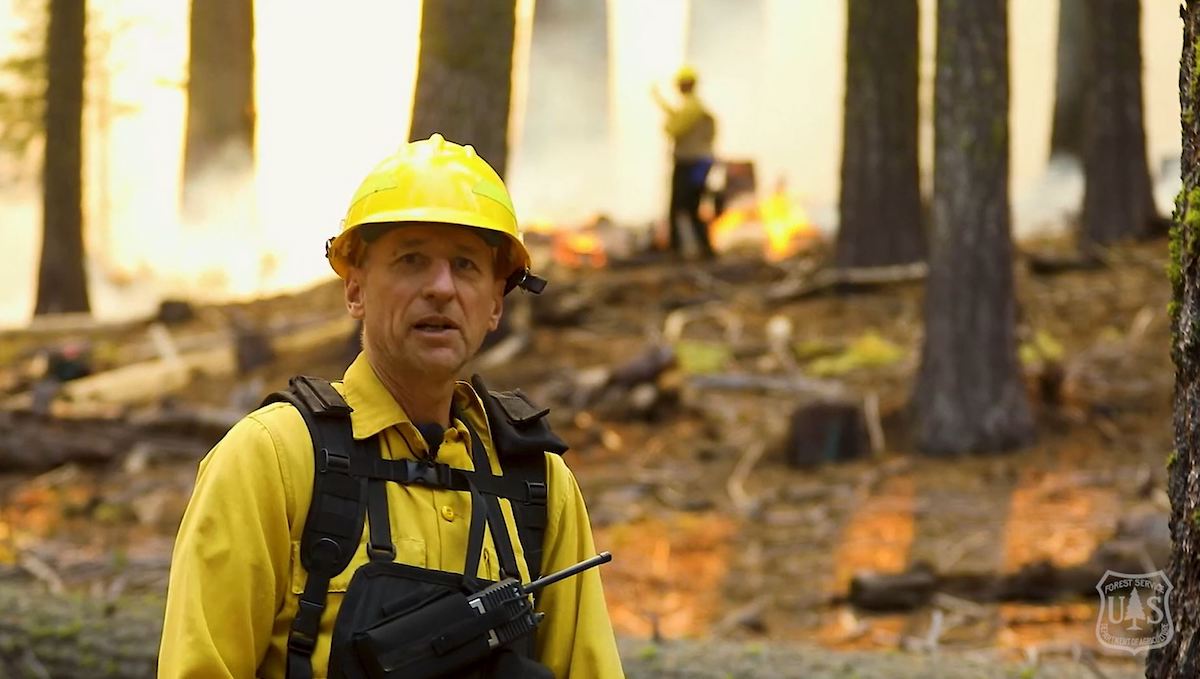
USFS Pacific Southwest Research Station Brief #3:
Timing of Fire Study
Wildland firefighters from the Stanislaus National Forest and researchers from Pacific Southwest Research Station conducted a 21-acre prescribed burn on the Tuolumne Experimental Forest on October 29-30, 2022. The prescribed burn was a part of a Timing of Fire Study allowing researchers to compare how seasonal conditions affect the outcomes of prescribed fire. This video shows how we study the effects of prescribed fire and what we can learn.
RESOURCES
USFS Pacific Southwest Research Station Brief #2: How demographics and funding impact wildfire resilience.

USFS Pacific Southwest Research Station Brief #2:
Homeowners willingness to pay to reduce wildfire risk in wildland urban interface areas: Implications for targeting financial incentives.
Pacific Southwest Research Station scientists have found that demographics and funding impact wildfire resilience. To help bridge the gap, the U.S. Forest Service has launched a Community Wildfire Defense Grant program by the Bipartisan Infrastructure Law to help the communities most at risk.
RESOURCES
Science Direct: Homeowners willingness to pay to reduce wildfire risk in woodland urban interface areas
USFS Pacific Southwest Research Station Brief #1: Beneath the Surface: The Hydrology of Hidden Forests Systems
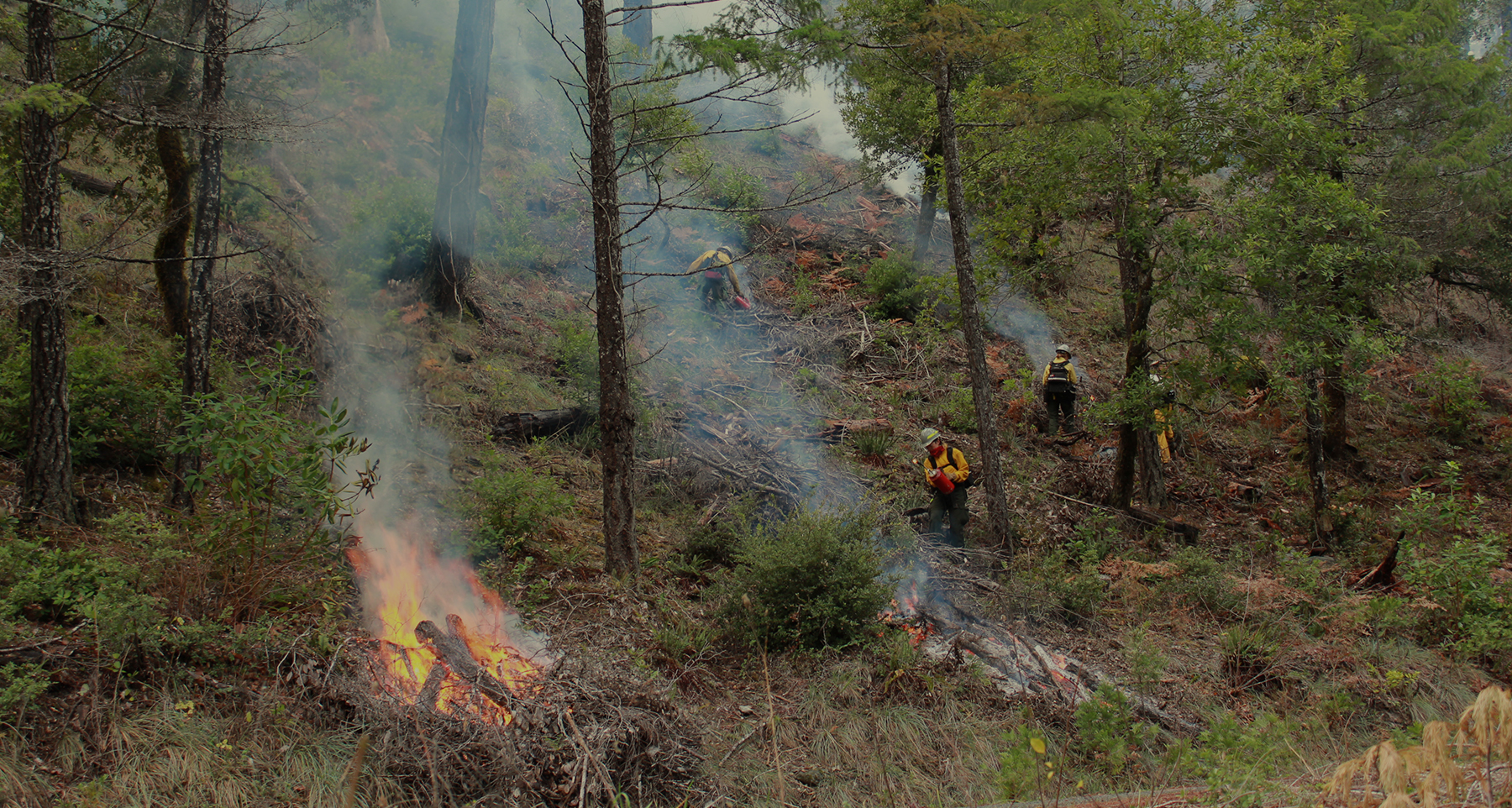
USFS Pacific Southwest Research Station Brief #1:
Beneath the Surface: The Hydrology of Hidden Forests Systems
Pacific Southwest Research Station hydrologists are looking at underlying bedrock in the Kings River Experimental Watershed to better understand the relationship between drought and water use in trees.
RESOURCES
Nature.com: Widespread Woody Plant Use of Water Stored in Bedrock
PSW Research Station: Kings River Experimental Watersheds
UCANR Publishes Report on Small Forest Landowners

UCANR Publishes Report on California’s Small Forest Landowners
Representing 22% of California’s timberland, private owners of forested lands play an important role in landscape resilience and reducing wildfire risk. And yet, they remain one of the most challenging groups to reach with consistent messaging and education on how to manage and protect their forests.
A new report, recently released by the University of California Agriculture and Natural Resources (UCANR) provides important learning about forest landowners, their goals, the actions they have taken to date, and the obstacles they face in effectively managing their land.
The report is a compilation of information gathered from forest landowners participating in the Forest Stewardship Education Initiative, a landowner educational effort launched by UCANR and funded by CAL FIRE. The initiative helps landowners better understand, manage and protect their forests by developing a management plan, implementing vegetation management projects, engaging with natural resource professionals, and taking advantage of cost-share opportunities that can help them meet their management goals.
This report represents an important step in meeting the needs of forest landowners, and it implements a recommendation by the Small Landowner Assistance Working Group of the California Wildfire and Forest Resilience Task Force.
NCRP Requests Input on its "Vision for North Coast Resilience"

NCRP Requests Input on its "Vision for North Coast Resilience"
The North Coast Resource Partnership (NCRP) has released a draft plan entitled “A Vision for North Coast Resilience: Priorities for Enhancing Watershed, Forest and Community Resilience in the North Coast Region.” The draft was informed by hundreds of partners and technical experts in the North Coast Region and beyond and aligns with and is guided by the objectives of the Task Force, as well as an array of Tribal, state and federal priorities for community and landscape resilience. NCRP is requesting input and comments through 11/21. The final plan will be considered for approval at NRCP’s Leadership Council meeting on 12/9.
California Reforestation Pipeline Partnership Aims to Address Key Reforestation Challenges

California Reforestation Pipeline Partnership Aims to Address Key Reforestation Challenges
The California Reforestation Pipeline Partnership (RPP) is a strategic collaboration to help address challenges related to the scale of post-burn reforestation opportunities on public and private lands between the U.S. Forest Service Region 5, the California Department of Forestry and Fire Protection (CAL FIRE) and the non-profit conservation organization American Forests.
The RPP Cooperative is a new effort of the RPP to increase public-private cooperation on the supply chain that enables reforestation, and is set to kickoff Friday, November 4 in Sacramento with a gathering of top land management officials and forestry professionals.
The need for the RPP emerged from Governor Gavin Newsom’s California Wildfire and Forests Resilience Task Force Reforestation Strategy Working Group, and through a national study, “Challenges to the Reforestation Pipeline in the United States,” which uncovered knowledge and structural gaps that need to be resolved in order to implement solutions at scale across public and private lands.
